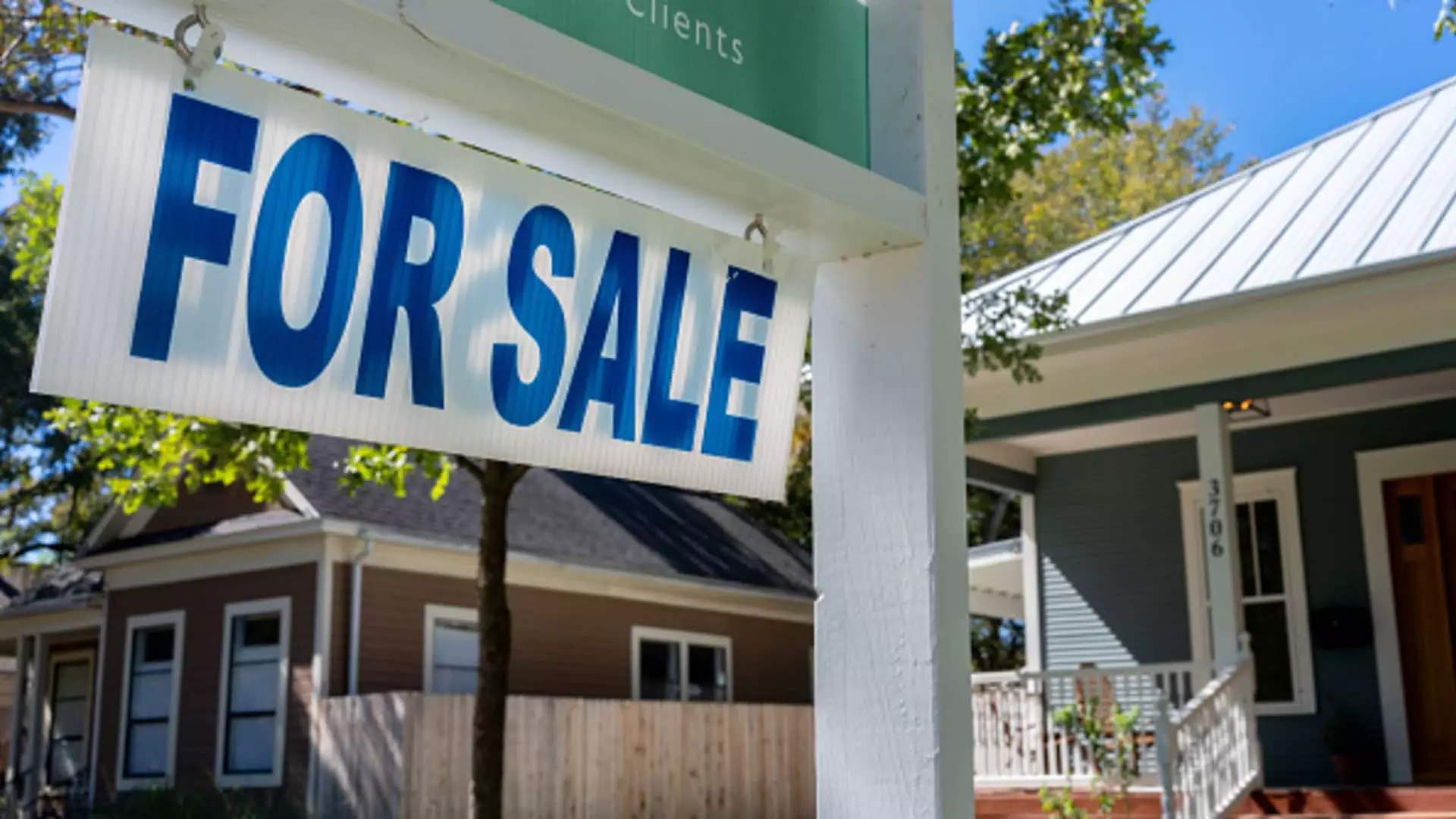As mortgage rates hover around the 6% mark, a sense of nostalgia permeates the thoughts of prospective homebuyers yearning for the lower rates that characterized the mortgage landscape in 2020 and 2021. For many, the memory of securing a home loan at the alluring 3% rate brings both optimism and frustration as they navigate a seemingly impenetrable market. In this context, the conversation around “assumable mortgages” has resurfaced, catalyzing increased interest as buyers search for creative solutions to circumvent high interest rates.
Assumable mortgages, which allow new buyers to take over existing home loans at their original rates, present a viable option for those looking to alleviate the burden of high financing costs. Depending on when the initial mortgage was created, buyers could potentially inherit rates as low as 2% or 3%. Traditionally, this type of financing gained favor during the 1970s and 1980s, enabling smoother transitions in homeownership. However, the advent of the Garn-St. Germain Act in 1982 essentially limited the concept, empowering lenders with the ability to enforce a due-on-sale clause. This required that mortgages be paid off in full when properties changed hands, pushing assumptions to the margins of the real estate scene.
Despite the restrictive regulatory environment, assumable mortgages haven’t entirely vanished. Today, specific types of loans remain available for assumption, particularly those backed by the Veterans Affairs (VA), the Federal Housing Administration (FHA), and the United States Department of Agriculture (USDA). According to industry expert Raunaq Singh, approximately 20% to 25% of homes on the market possess fully assumable mortgages, yet the actual activity surrounding these transactions remains limited. The spike in searches for assumable mortgages highlights a potential disconnect between the availability of such loans and the willingness of buyers to pursue them.
Statistics reveal a burgeoning interest in assumable mortgages, particularly among FHA and VA loans. Notably, the FHA recorded just over 4,000 mortgage assumptions in 2023—a remarkable 59% increase compared to 2021. The VA’s figures are even more striking, boasting a staggering 713% rise in assumed loans within the same time frame. The momentum seems sustained as both departments are on track to surpass previous year totals, collectively exceeding 5,000 assumptions early in 2024.
In a market defined by stagnant rates and bleak affordability, assumable mortgages offer a glimmer of hope for homebuyers determined to secure favorable terms. As searches for this financial instrument climb and success stories continue to emerge, it’s evident that revisiting the concept of mortgage assumptions may prove advantageous. Buyers are encouraged to consult with industry professionals to fully understand the potential of assumable loans and how they might integrate into their home-buying strategies, ultimately unlocking possibilities in an otherwise challenging financial landscape.

